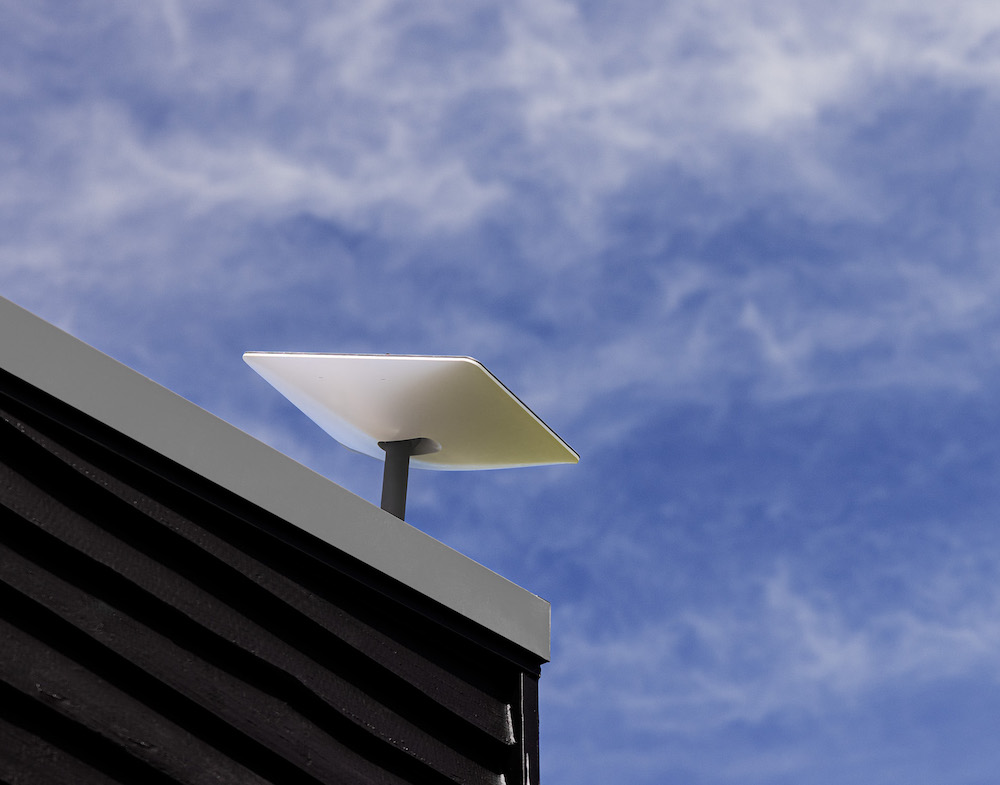News of SpaceX’s Starlink arrival in the Philippines has got a lot excited, which is understandable as Filipinos are always on the lookout for new internet service providers. However, Starlink is different from the land-based internet we’re accustomed to. As mentioned, data gets transmitted through satellites orbiting the planet. So, what are the pros and cons? And should you get one?
Before we get started, let’s quickly discuss how satellite internet work. When you subscribe to a satellite internet service, you will receive a satellite dish and a modem or WiFi router.
Once the system is installed, the user connects to the router using a laptop or a smartphone. The router then communicates to the dish. The dish will then communicate to the satellite that orbits at almost 36,000 km above the Earth’s surface. The satellite then communicates to the ISP’s ground station that is connected to the internet via fiber.
So what’s happening is you’re getting your internet connection via signals from a satellite instead of fiber wire. The same concept applies to a satellite TV. The only difference is that the satellite TV can only receive signals, whereas a satellite internet allows uploads and downloads.
Simply put: Laptop <-> Dish <-> Satellite <-> Ground Station <-> Internet
The time it takes to complete the whole loop of the process can be measured in latency or lag, which is measured in milliseconds (ms). Starlink boasts a latency of 20ms in most locations, which is slower than the single-digit latency you’ll mostly get on fiber internet.
Now that we got that out of the way, let’s talk about the pros and cons.
Full story here: https://tinylinkurl.com/jjcRP








Comments
Authentication required
You must log in to post a comment.
Log in